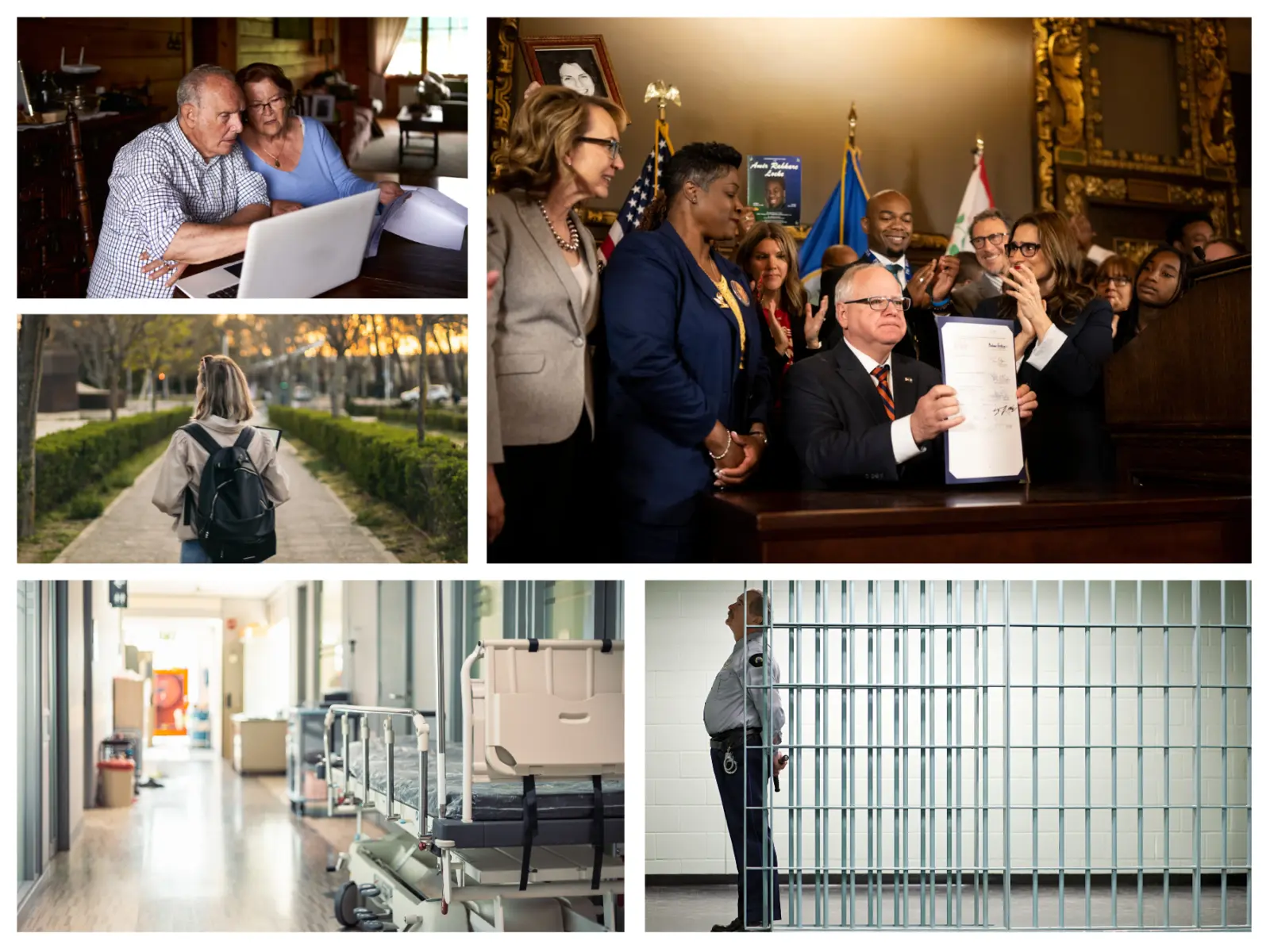Grant Recipient: Vote.org (a non-partisan 501c3)
Term: 2018 –2019
Principal Investigators: Donghee Jo, Ph.D., Northeastern University
Enrico Cantoni, Ph.D., University of Bologna
Cory Smith, Massachusetts Institute of Technology
Summary: This is a randomized controlled trial (RCT) of a voter turnout tool developed by BallotReady, a non-partisan social enterprise whose website, BallotReady.org, will provide information on 2018 electoral candidates in all 50 states. The turnout tool will be posted on BallotReady.org and will include three components: (i) a series of specific questions to encourage website visitors to make a plan to vote, (ii) prompts for users to sign up for reminders about when and where to vote, and (iii) a platform where users can easily share their intent to vote with their friends on social network websites.
The first two components of the intervention – making a plan to vote and receiving reminders about voting – have been found in large well-conducted RCTs to significantly increase voter turnout by 3 – 4 percentage points, though the interventions tested in those studies were not web-based. Researchers piloted the turnout tool earlier this year to determine whether visitors to BallotReady.org would actually use it, and found that 92% of users who were sent directly to the turnout tool engaged with it in some way (i.e., answered the voting plan questions and/or signed up for voting reminders).
This study’s sample will consist of roughly 150,000 visitors to BallotReady.org in the lead up to the November midterm elections. Sample members will be drawn from seven states – Florida, New York, Ohio, Oklahoma, New Jersey, Arkansas, and North Carolina – which were selected in part based on their collective representativeness of the national electorate in terms of two-party vote share in the 2014 midterm election.
Visitors will be randomly assigned at the household level to either (i) a treatment group that will be sent directly to the turnout tool after inputting their address on the site (as was done in the pilot), or (ii) a control group that will not be able to access the turnout tool and would instead be sent straight to BallotReady’s usual informational site after inputting their address. The treatment group will still be able to access the informational portion of the site, but only after being exposed to the turnout tool.
The study will measure impacts on voter turnout using data from publicly available voting records.
The study’s pre-specified analysis plan is linked here.
This study has been completed. A plain-language summary of the findings is available here.














